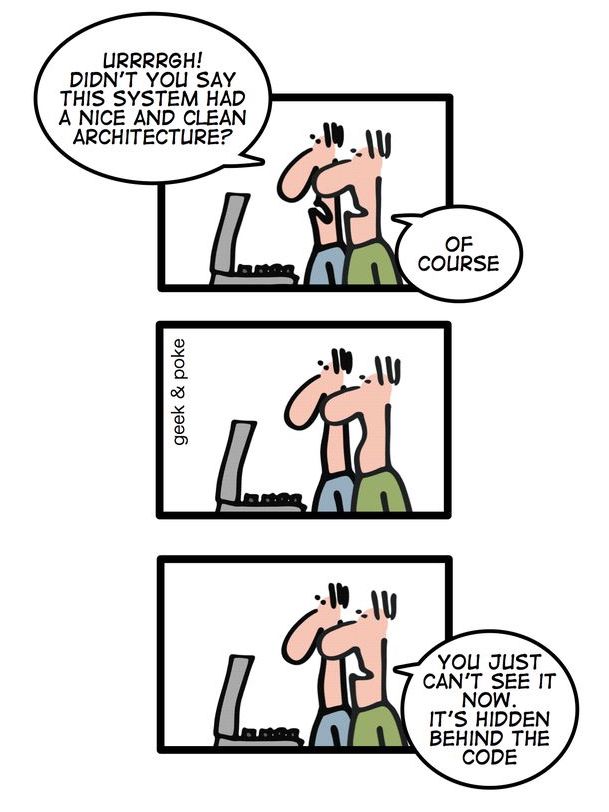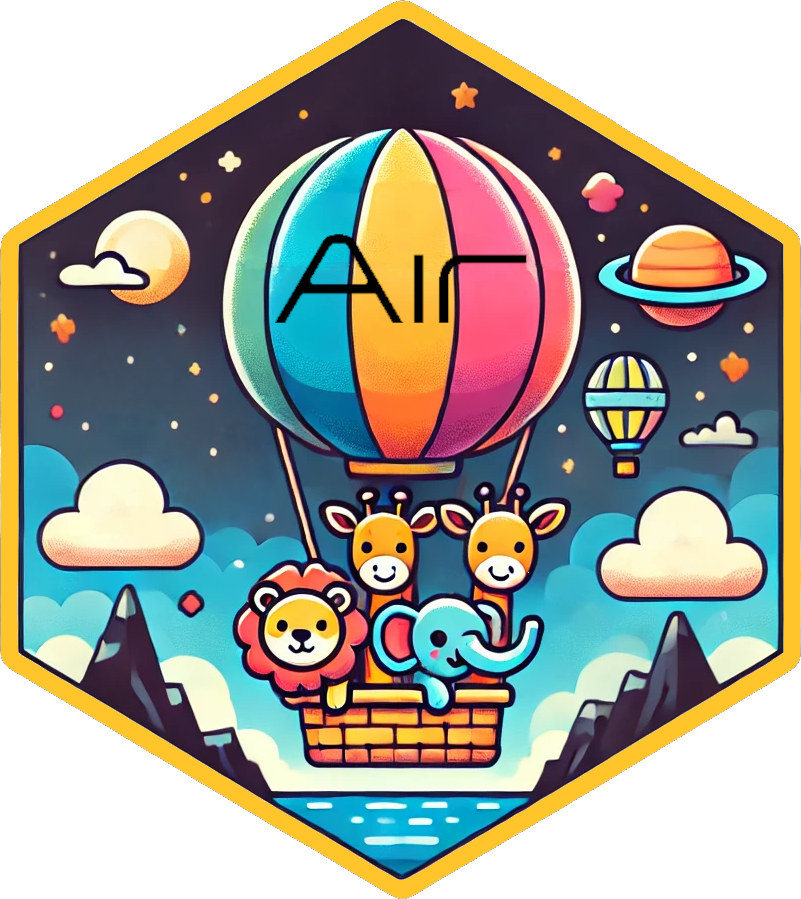[1] FALSE
[1] TRUEBest Coding Practices
RaukR 2025 • R Beyond the Basics
Sebastian DiLorenzo
08-Jun-2025
Learning Outcomes
After this module:
- You will be aware of different coding styles.
- You will know what styles are good and bad and why.
- You will think a bit about what is a good name.
- You will learn about code formatting.
- You will sample some different notations.
What is Coding Style?
Naming conventions — assigning names to variables
Code formatting — placement of braces, use of white space characters etc.

Naming Conventions
A syntactically valid name:
Consists of:
- letters: abcdefghijklmnopqrstuvwxyzABCDEFGHIJKLMNOPQRSTUVWXYZ
- digits: 0123456789
- period:
. - underscore:
_
Begins with a letter or the period (
.), if.should not followed by a numberCannot be one of the reserved words:
if,else,repeat,while,function,for,in,next,break,TRUE,FALSE,NULL,Inf,NaN,NA,NA_integer_,NA_real_,NA_complex_,NA_character_Also cannot be:
c,q,t,C,D,Ias they are reserved function names.
Naming Style
Variable names that are legal are not necessarily a good style and they may be dangerous ☠️:
do not do this!
unless you are a politician 🕴…
Avoid T and F as variable names.
Customary Variable Names
Also, there is a number of variable names that are traditionally used to name particular variables:
usr— userpwd— passwordx,y,z— vectorsw— weightsf,g— functionsn— number of rowsp— number of columnsi,j,k— indexesdf— data framecnt— counterM,N,W— matricestmp— temporary variables
Sometimes these are domain-specific:
p,q— allele frequencies in genetics,N,k— number of trials and number of successes in stats
Try to avoid using these for other variables to avoid possible confusion.
Code formatting
Code formatting
Goal: Improve readability
2. Consistent braces and linewidth

Different Notations
People use different notation styles throughout their code:
snake_notation_looks_like_this
camelNotationLooksLikeThis
period.notation.looks.like.this
But many also use…
LousyNotation_looks.likeThis
Try to be consistent and stick to one of them. Bear in mind period.notation is used by S3 classes to create generic functions, e.g. plot.my.object. A good-enough reason to avoid it?
It is also important to maintain code readability by having your variable names:
- informative, e.g.
genotypesvs.fsjht45jkhsdf4
- Not too long, e.g.
weightvs.phenotype.weight.measured
Special Variable Names
There are built-in variable names:
LETTERS: the 26 upper-case letters of the Roman alphabetletters: the 26 lower-case letters of the Roman alphabetmonth.abb: the three-letter abbreviations for the English month namesmonth.name: the English names for the months of the yearpi: the ratio of the circumference of a circle to its diameter
Variable names beginning with period are hidden:
.my_secret_variable👻 will not be shown but can be accessed